11. Quick Guide
Finally, let's look at some common real-world scenarios and provide tips for choosing the right PA system:
Speech Applications
In events where clear speech is the main focus, like a poetry slam or a rally, having good speech intelligibility is key. You typically won't require a massive PA system for these situations. Depending on the audience size, a pair of active full-range speakers and a small mixer should do the job. Some manufacturers even provide smart options with passive speakers and built-in powered mixers for added convenience.
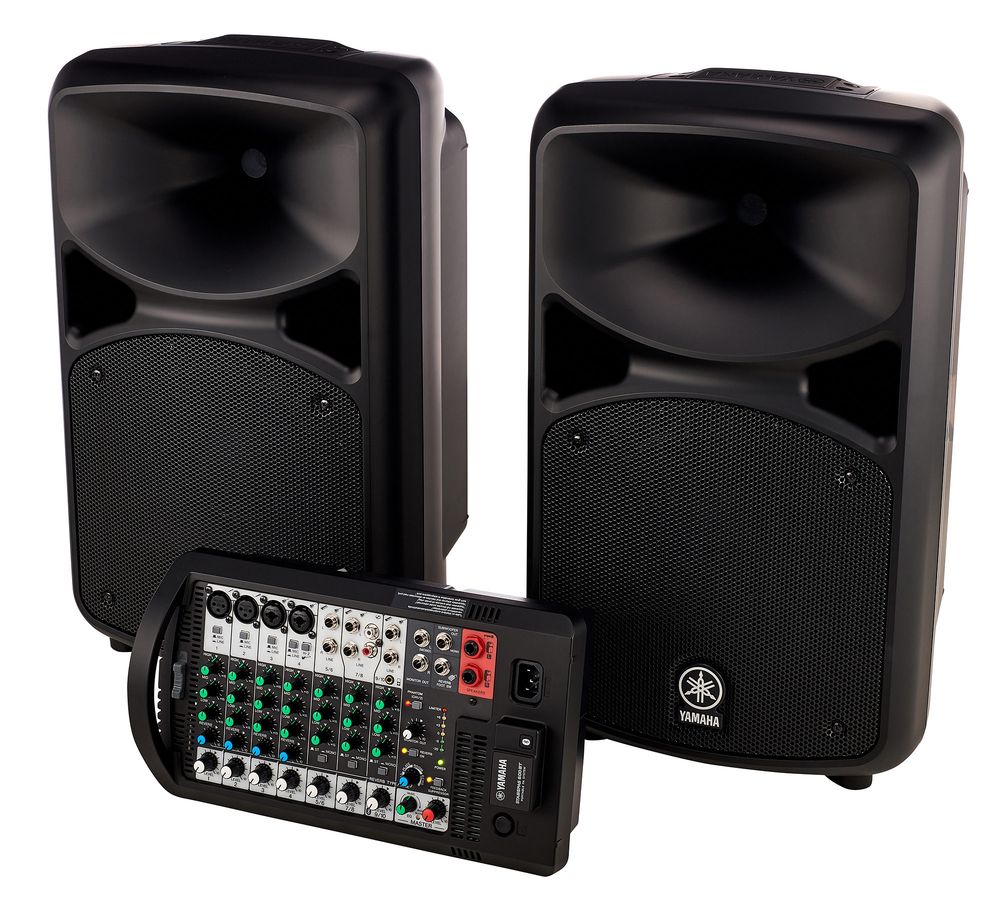
All-in-one passive system with an integrated power mixer.
When it comes to microphones, the choice between handheld or headset mics largely depends on the speaker's preference and the specific needs of the event. However, it's important to note that lavalier microphones, which are the small, clip-on type, can be more prone to feedback issues. So, they are recommended for live applications only when you have the necessary technical equipment and expertise to effectively manage and prevent feedback problems.
Rehearsal Rooms
In rehearsal spaces, budget often plays a significant role. Generally, instrumentalists bring their amplifiers, so the PA system in the rehearsal space is primarily used for vocals. Even if instruments like keyboards and acoustic guitars are run through the PA, simple full-range speakers are often sufficient. A small analog mixer with built-in effects and one or two vocal microphones typically completes the setup without breaking the bank.
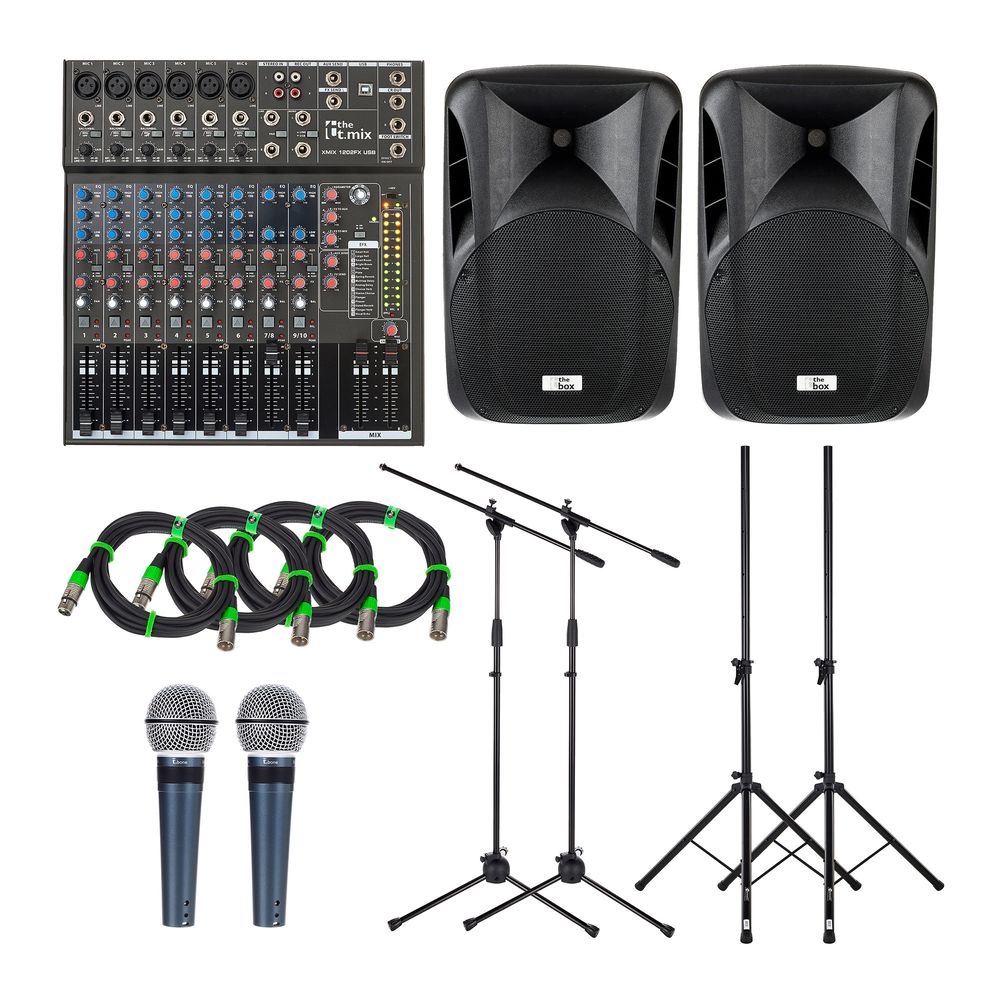
Active PA complete set for the rehearsal room.
Indeed, in a rehearsal space, achieving high sound levels is often necessary to hear clearly over the instruments. Therefore, your equipment needs to be sufficiently powerful to fill the room with sound. If you're looking for even more volume and a bigger impact, incorporating a subwoofer into your PA system can make a significant difference. Additionally, monitors are crucial, especially in larger spaces, to ensure that everyone on stage can hear themselves and their fellow musicians.
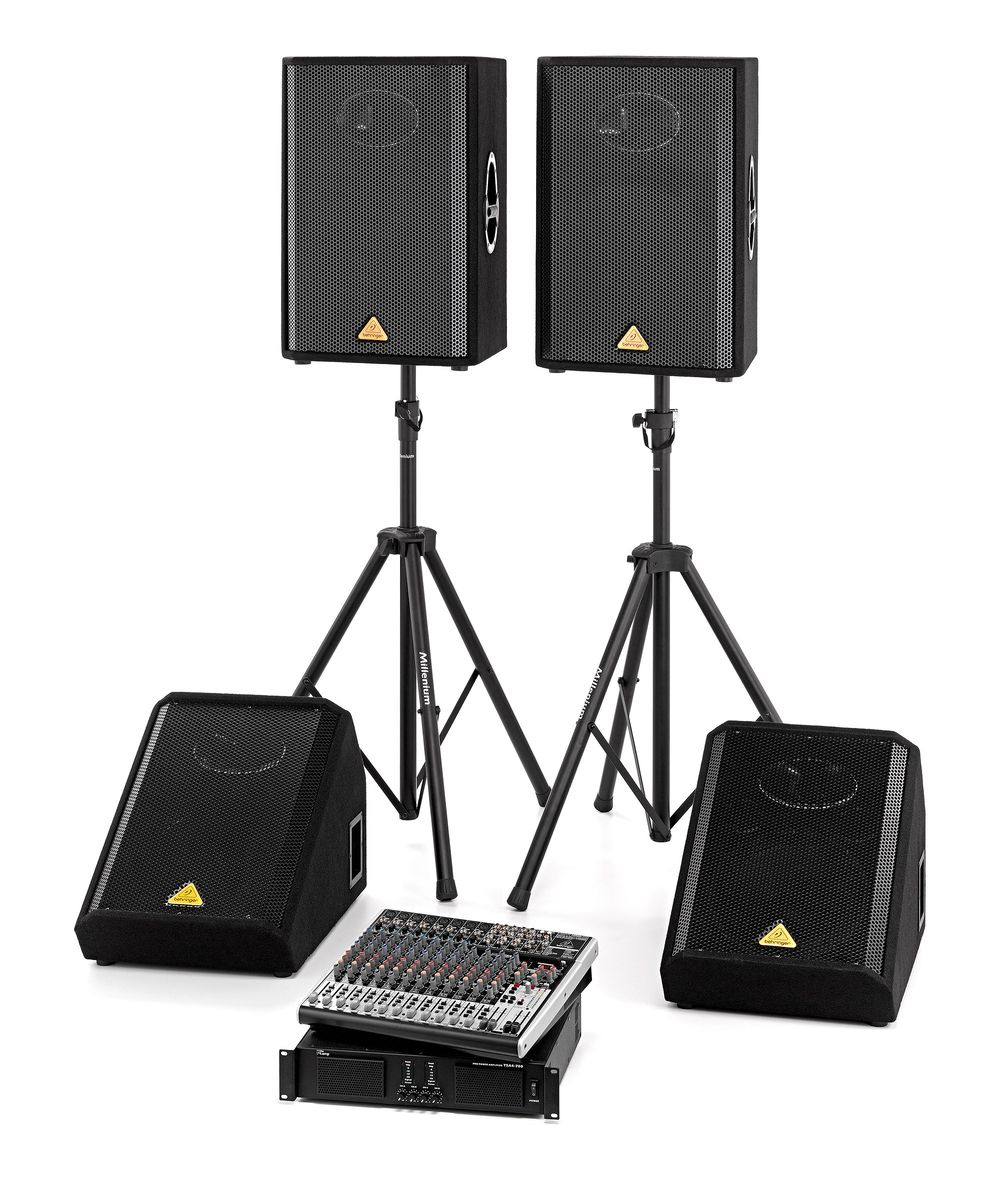
Passive PA complete set with full-range speakers and monitors, along with a suitable power amplifier.
Solo Entertainer
For a solo entertainer who's essentially a one-person band, it's crucial that the PA system can accurately reproduce the full frequency spectrum. To really get the audience moving, it's a good idea to pair full-range speakers with a subwoofer. Another practical option is to consider a column system because of its straightforward setup and teardown. This way, you can focus on your performance without worrying too much about the technical details.
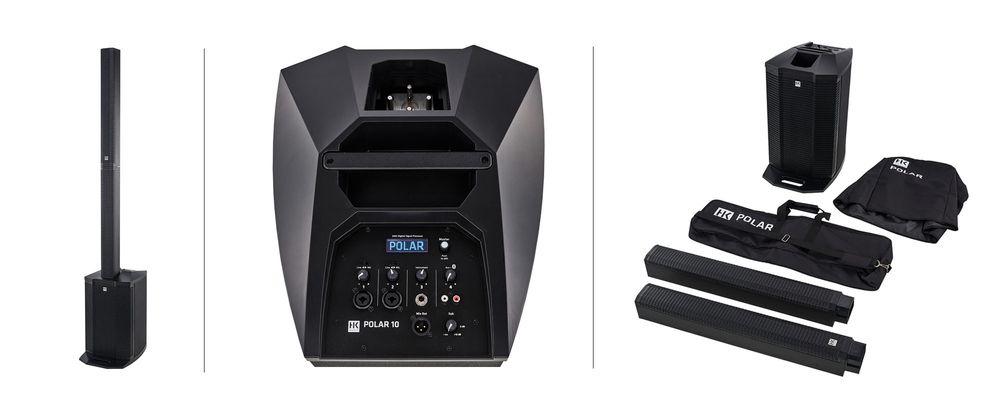
Active column system with an integrated 4-channel mixer.
Many column speaker systems come with a small built-in mixer, which enhances their portability. However, if you're using multiple instruments or require more precise sound control, it might be worthwhile to invest in a separate mixer.
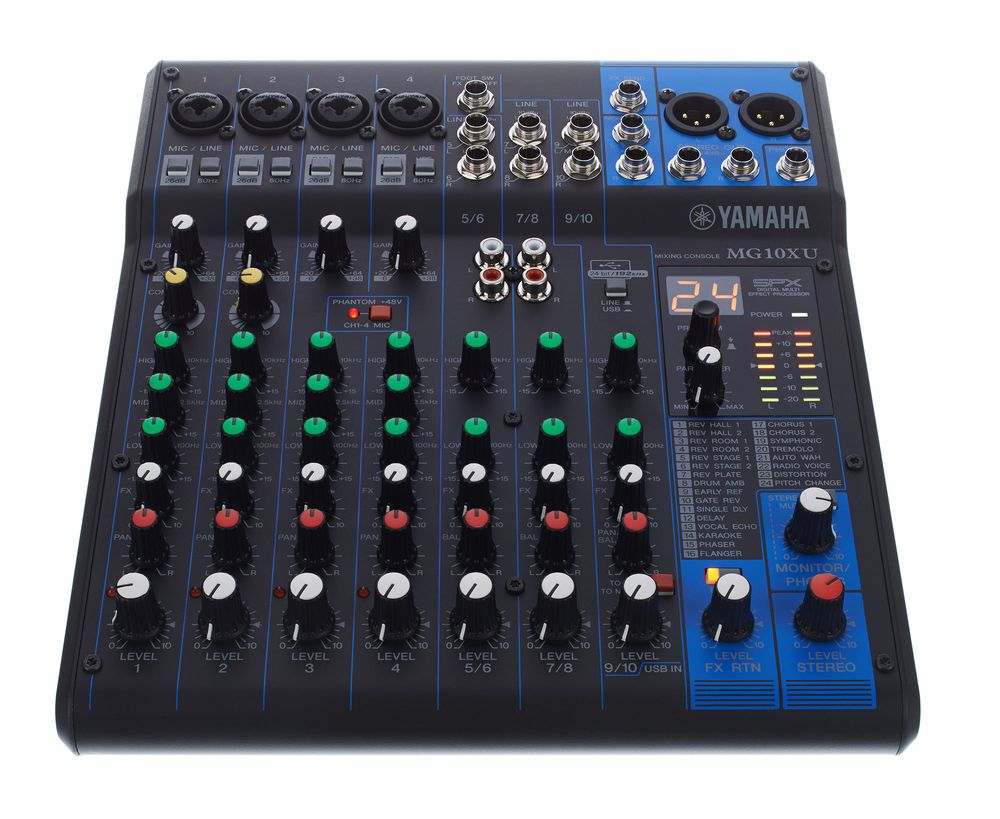
Compact 10-channel mixer with integrated effects.
Acoustic Band
The same recommendations hold true for acoustic music. When you're dealing with instruments like the bass, cajon, or drums, incorporating a subwoofer for low-frequency support can significantly enhance your sound. In challenging musical situations or when you're performing for a larger and louder audience, compact systems that include both tops and subwoofers often deliver superior performance.
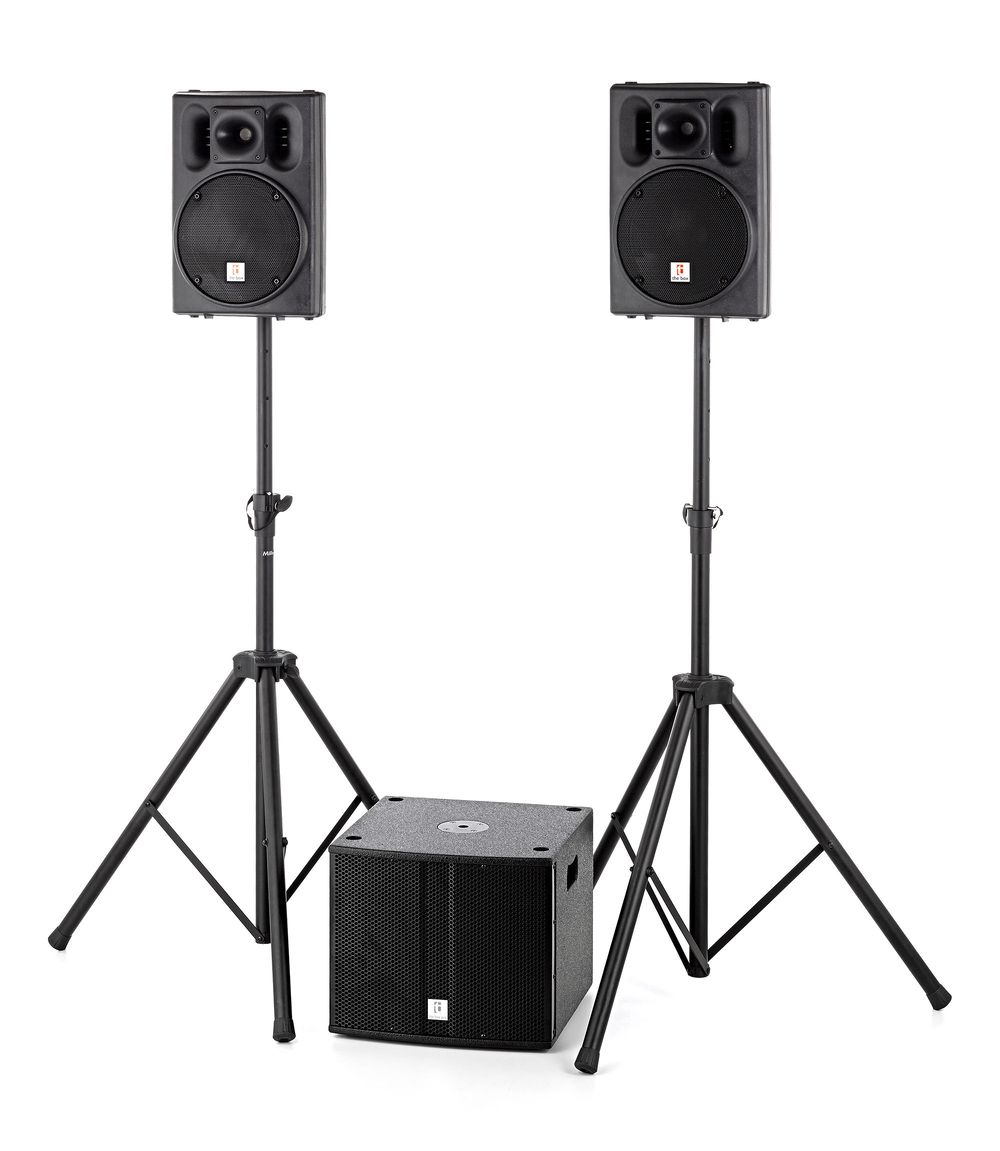
Small active PA system with 10'' tops and 12'' subwoofer.
In terms of the mixer, having multiple channels is essential. An analogue mixer with an appropriate number of input channels is often good enough when you're just starting out. However, if your setup involves monitoring through speakers or in-ear systems, it's best to consider going with a compact digital mixer.
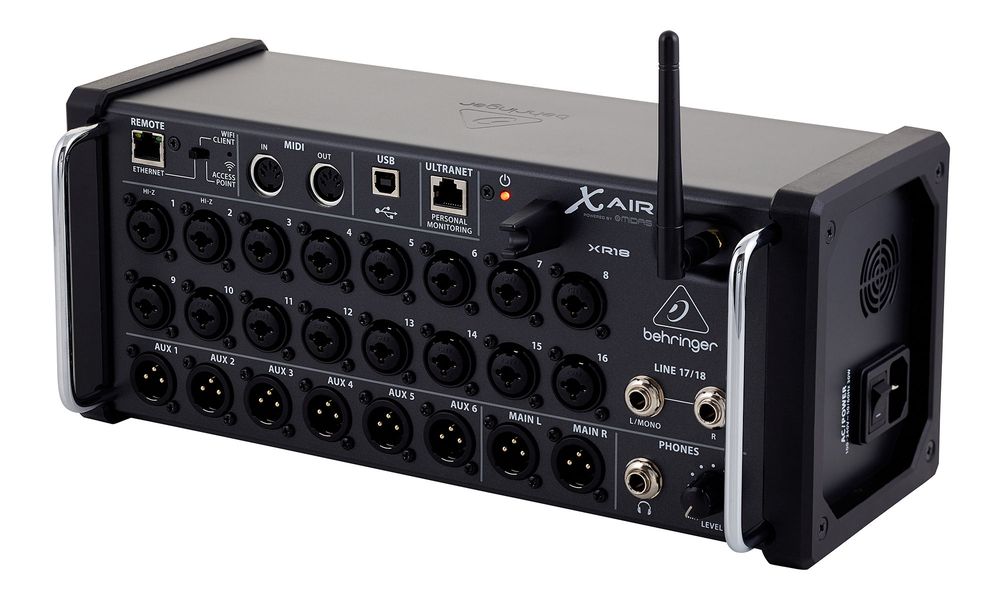
Remote-controllable digital mixer, e.g., for small bands.
Mobile DJs
As a DJ, your main mission is to get the crowd moving. Beyond your music choices and DJ skills, the PA system is a critical element in this equation. You need to deliver great sound quality, especially ensuring that your bass is powerful and well-defined.
If you're hosting smaller events and working with a tighter budget, you'll find compact 2.1 systems quite handy. These systems often have the entire amplification setup built into the subwoofer, creating an all-in-one solution. So, if you're cost-conscious and don't mind some lifting and transporting, one of these systems is a smart choice.
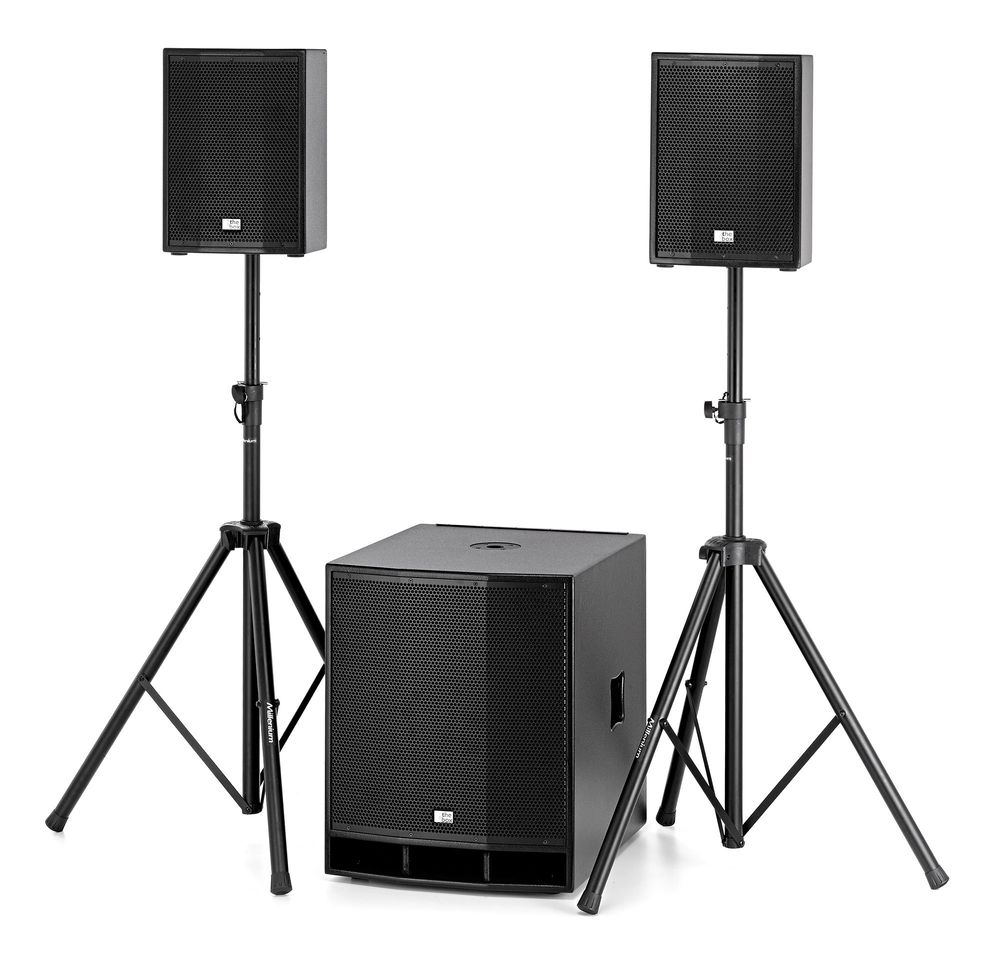
Active 2.1 system, especially for DJs.
For a compact and visually unobtrusive setup, consider a column system. Although they might not provide the same bass and volume as 2.1 systems, columns are an excellent choice, particularly for events like weddings and galas, where their inconspicuous appearance can be a significant advantage.
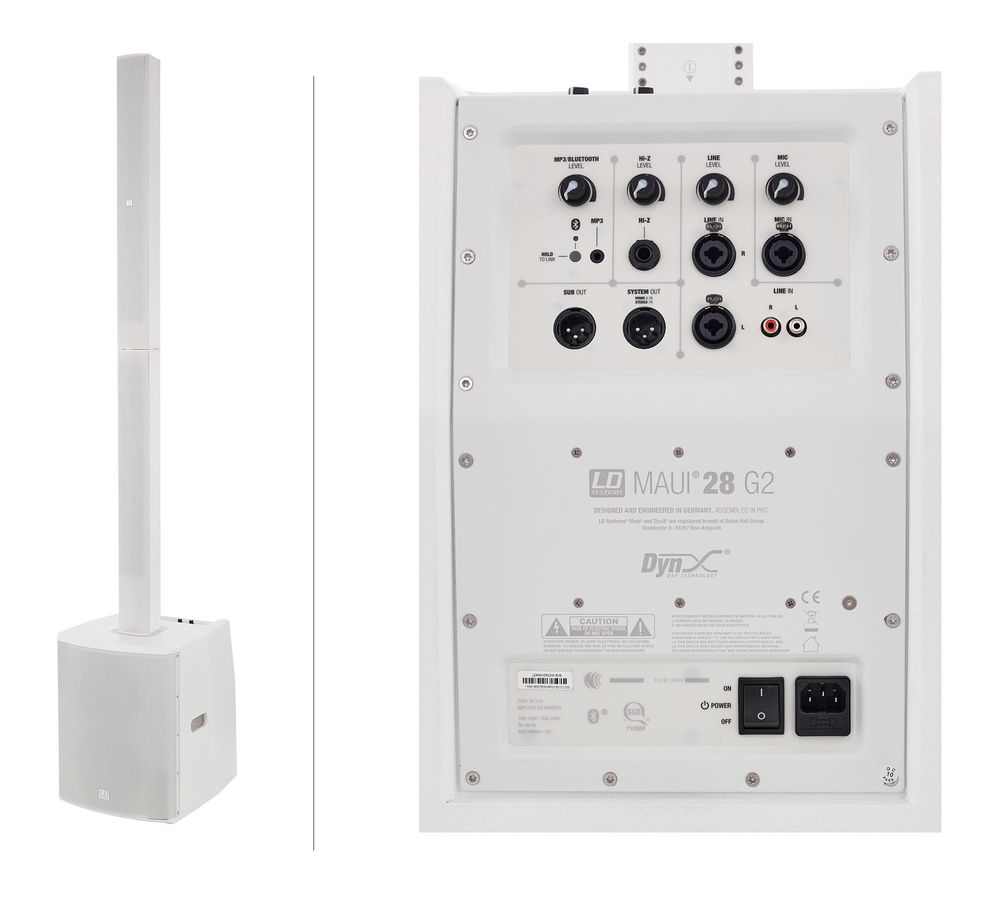
Column speaker system suitable for gala events.
The type of mixer you need varies between DJing and live performances. Traditional DJ mixers are ideal when you use CDs, vinyl records, or USB sticks. If you're working with DJ software, a DJ controller is the way to go.
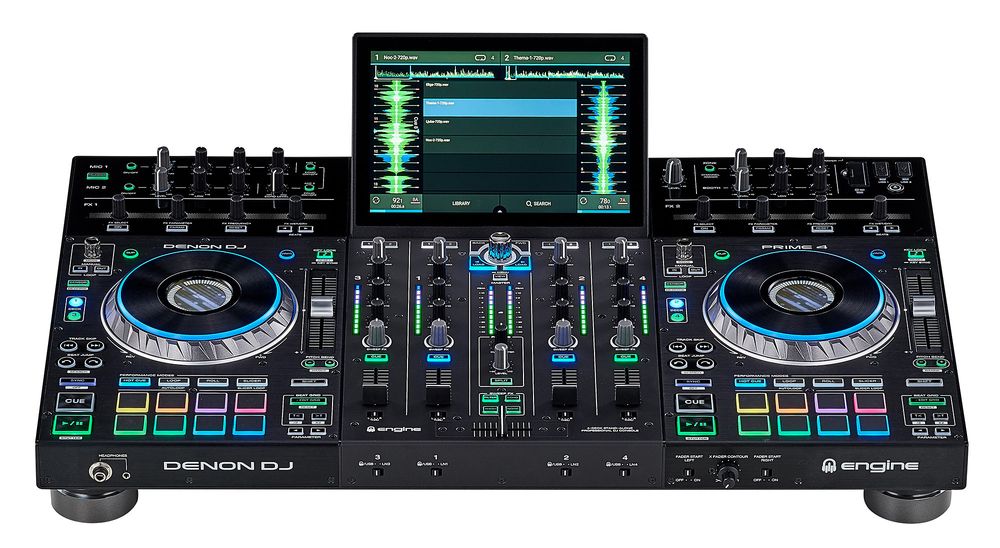
High-end standalone DJ controller.
If you're interested in DJing, we recommend checking out our Online Gulde for DJing.
Club stage
In a club, whether you're hosting live music or a DJ performance, a strong PA system is a must. Typically, a minimum setup includes two top speakers and two subwoofers. Depending on the venue's size and the music style, you might require additional speakers. The choice between active and passive systems depends on your setup and priorities. Passive systems have simpler cabling, while active systems usually provide more versatility.
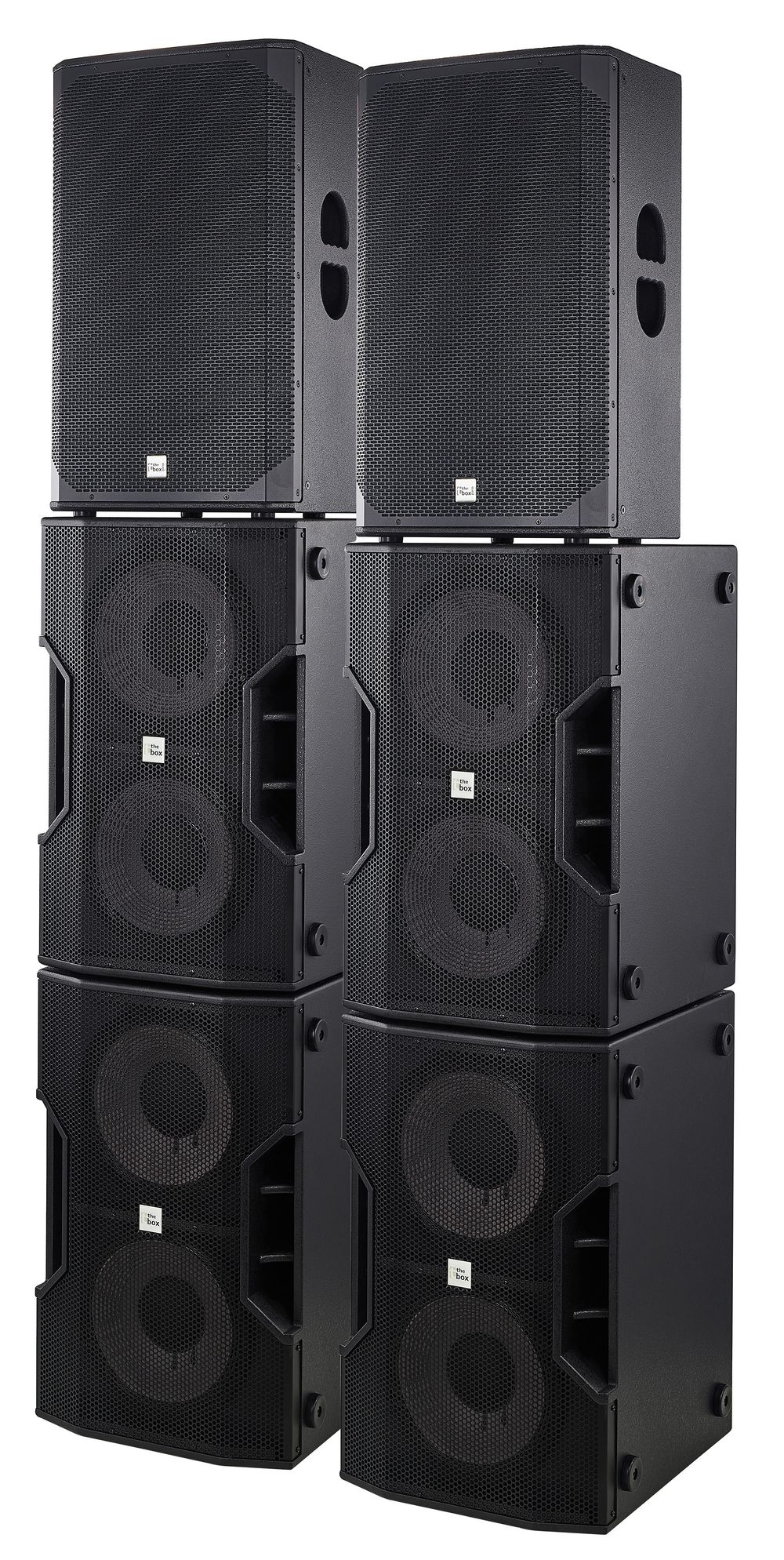
Powerful active club PA system.
If your club primarily hosts live bands, investing in a digital mixer, possibly with a digital stagebox, is a wise choice. Don't forget to plan for monitoring as well. For a permanent club installation, traditional wedges are a suitable option. You can find both active and passive monitor solutions in this category.
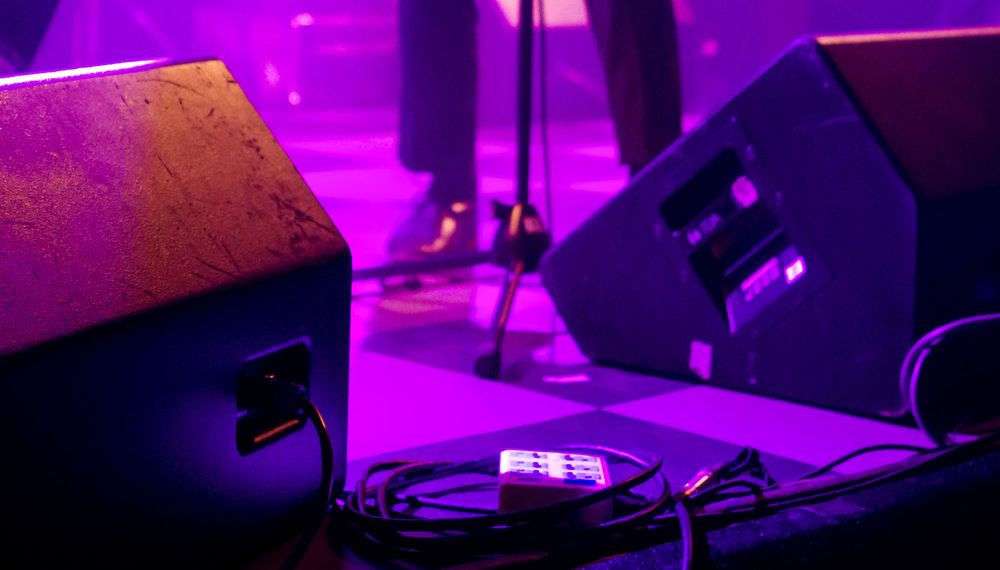
Stage monitors on a club stage.














